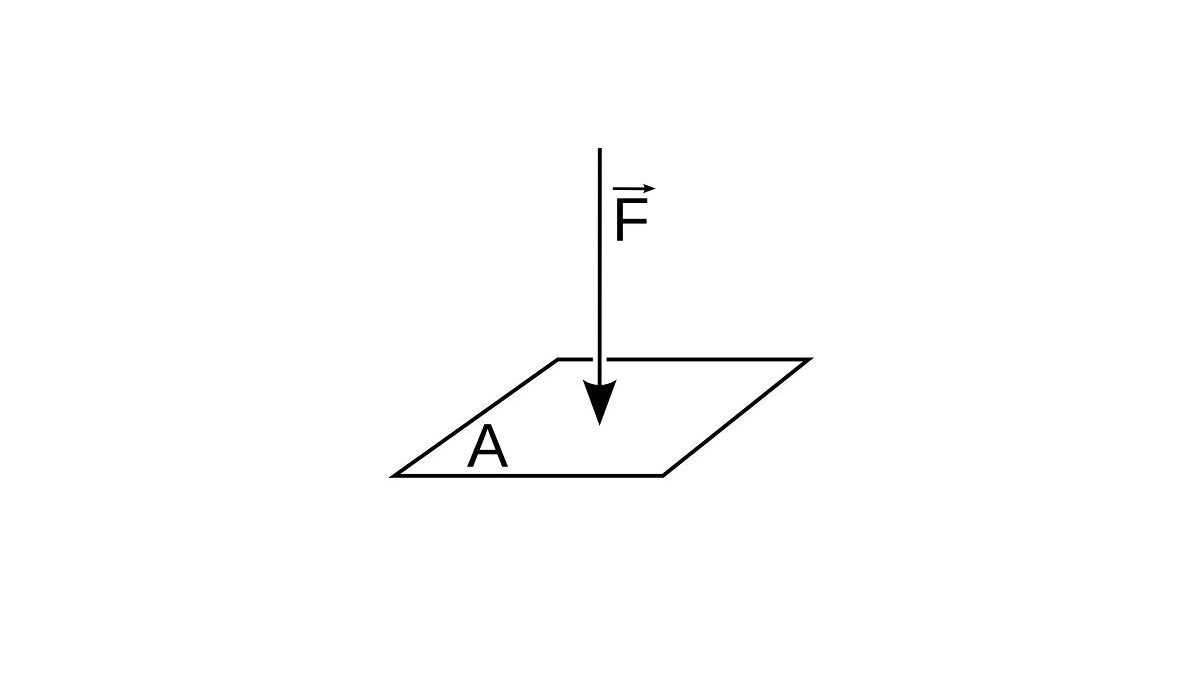As of April 17, 2025, the pressure formula remains a fundamental principle in physics, engineering, and everyday applications, offering a clear way to quantify force distribution. This article explores the pressure formula, its components, practical uses, and significance in various fields, providing a comprehensive overview for learner’s and professional’s alike.
Table of Contents
What Is the Pressure Formula?
The pressure formula is expressed as P=FA P = \frac{F}{A} P=AF, where P P P represents pressure, F F F is the force applied, and A A A is the area over which the force is distributed. Measured in pascals (Pa) in the International System of Units, where 1 Pa equals 1 newton per square meter (N/m²), this equation shows that pressure increases with greater force or decreases with a larger area. This inverse relationship is key to understanding how pressure behaves in different scenarios.
Components and Their Roles
Force (F F F) is the push or pull acting on an object, typically measure in newtons (N). Area (A A A) is the surface on which the force is applied, usually in square meters (m²). The formula highlights that the same force applied over a smaller area results in higher pressure—think of a sharp knife cutting through food versus a dull one. This principle underpins many practical applications, from construction to meteorology.
Practical Applications
The pressure formula is widely used across disciplines. In engineering, it helps design structures like bridges, ensuring materials withstand distributed loads. In meteorology, it explains atmospheric pressure changes, influencing weather patterns—high pressure often signals clear skies, while low pressure may bring storms. Divers rely on it to calculate water pressure at depth, critical for safe underwater operations. Even everyday items like car tires use this concept, where proper pressure ensures optimal performance and safety.
Real-World Examples
Consider a 500 N force applied by a person’s foot. If the foot’s area is 0.02 m², the pressure is P=5000.02=25,000 Pa P = \frac{500}{0.02} = 25,000 \, \text{Pa} P=0.02500=25,000Pa. Reducing the area to 0.01 m² with a stiletto heel increases pressure to 50,000 Pa, demonstrating why such shoes can damage floors. In aviation, pilots monitor cabin pressure to maintain safe levels for passengers at high altitudes, a direct application of this formula.
Critical Perspective
While the pressure formula is a cornerstone of physics, it assumes uniform force distribution, which may not always hold true in complex systems like fluid dynamics or irregular surfaces. Advanced models often adjust for these variables, suggesting the basic formula serves as a starting point rather than a complete solution. Its simplicity, however, makes it an effective teaching tool and practical guide.
Conclusion
The pressure formula P=FA P = \frac{F}{A} P=AF offers a straightforward yet powerful way to understand and manipulate force and area relationships. Its applications span engineering, weather forecasting, and daily life, making it an essential concept in 2025’s scientific landscape. Mastering this principle equips individuals to tackle real-world challenges, from designing safe infrastructure to navigating natural phenomena. For deeper exploration, resources like physics textbooks or online simulations provide further insights.
FAQ
How is pressure formula derive?
Since pressure is defined as the force per unit area, its formula is expresse as P = F/A, where P is pressure, F is force. And a is the area by which the force is applied perpendicularly. In fluid pressure, force is equivalent to fluid weight, making the pressure equation P = (rho)gh. It indicates that fluid pressure depends on fluid density, depth, and acceleration due to gravity.
What is the unit of pressure in physics?
The SI unit of pressure is the pascal (Pa), equivalent to newton per meter squared. It was name after Blaise Pascal due to his contributions to understanding atmospheric pressure. Other common units of pressure are atmosphere (atm), bar, millimeter of mercury (mm-Hg), and pound per square inch (psi).


